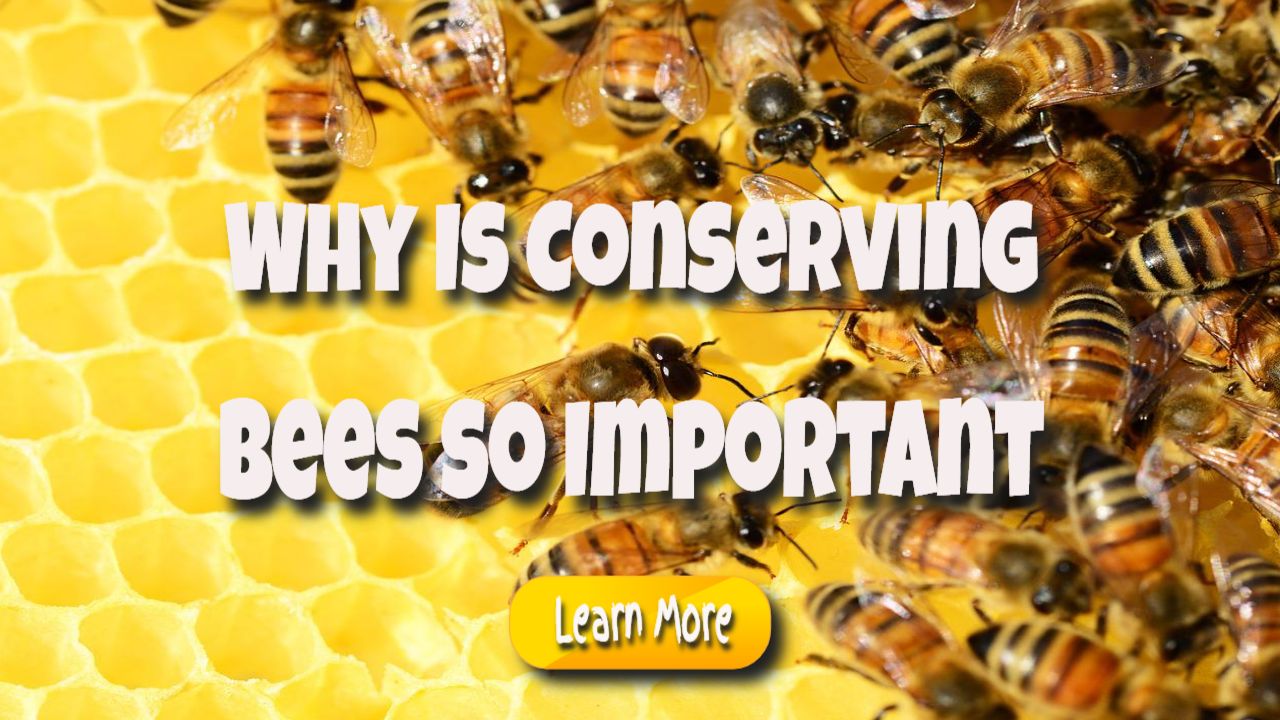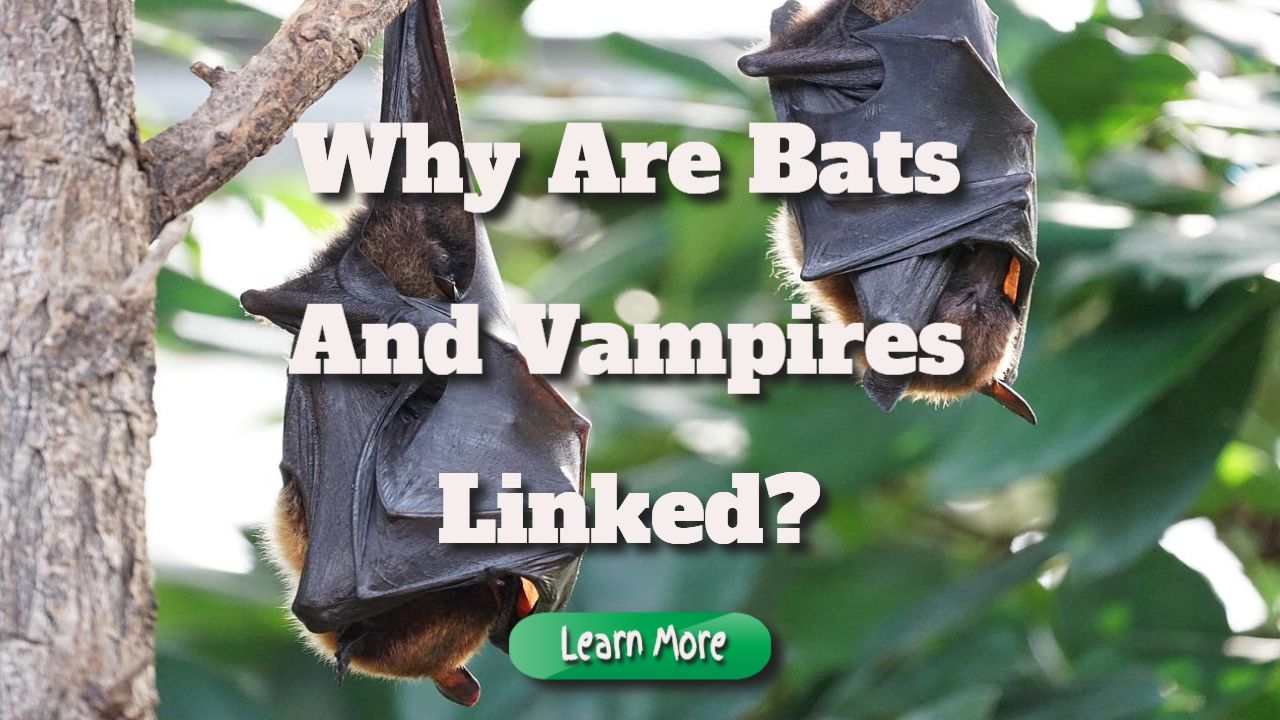Why Can a Snail Sleep for Three Years at a Time
Contents
- 1 Why Can a Snail Sleep for Three Years at a Time
- 1.1 But what happens if there is no moisture?
- 1.2 What is hibernation, exactly?
- 1.3 Is it true that all mammals in the United Kingdom hibernate?
- 1.4 Do butterflies and other insects hibernate?
- 1.5 Do reptiles and amphibians sleep?
- 1.6 What do animals do to prepare for winter?
- 1.7 People who can’t sleep, rejoice!
Why Can a Snail Sleep for Three Years at a Time
Why Can a Snail Sleep for Three Years at a Time: Consider yourself a heavy sleeper. Then you should look at these people.
Snails have always been uninteresting, haven’t they? They’re slow, sticky, and look to be lost, but you have no idea these little snails have peculiar sleeping habits.
It’s strange to envision snails sleeping; they don’t seem to do it very often. However, the rest of the world was erroneous; a University of Toronto study proved it.
Snails sleep for fifteen hours (falling asleep and waking up seven times) before working for thirty.
In contrast to humans, which sleep and exercise twenty-four hours a day, snails sleep and exercise for 48 to 72 hours.
Snails are most active at night since the air is wet, unlike during the day when the sun shines.
Snails need water to produce the slime that allows them to migrate from one spot to another.

But what happens if there is no moisture?
Snails can remain in their shells for extended periods in extreme heat or cold. Snails can remain dormant for three years in harsh weather conditions, though this is uncommon.
On the other hand, a snail could spend one-third of its life asleep.
It is critical to understand that a snail does not merely sleep; it sleeps.
Hibernation is a time of long rest during which an animal avoids the urge to hunt for food or migrate to a warmer location. Hibernation, on the other hand, is a long time of rest in hot, dry weather.
What precisely is hibernation, how does it work, and which species engage?
What are the differences between hibernation, torpor, and winter quarters, and which species use them?
Many assume that hibernating animals sleep in the fall and awaken in the spring as the weather warms. Hibernation, on the other hand, is more than that.
Hibernation occurs in warm and cold environments, with different functions, durations, and risks for each animal.
Our expert explores hibernation, aestivation, torpor, and gobbling in-depth, including whether or not they are dangerous and which species indulge in them.
What is hibernation, exactly?
Hibernation enables many animals, such as butterflies and bats, to survive severe, dark winters without seeking food or moving to warmer climates. Instead, they turn off their metabolism to preserve energy.
Aestivation is a type of hibernation practised by warm-climate animals. This functions in a similar way, allowing them to withstand extreme heat, drought, or food scarcity.
Hibernation is a far deeper process than sleeping. It can vary widely amongst animals, ranging from long periods of deep slumber to brief moments of inactivity.
Hibernation, on the other hand, poses dangers since the sleeping animal is vulnerable to predators and the unpredictability of the weather.
Small mammals include chipmunks, dormice, hamsters, hedgehogs, and bats. Insects, amphibians, and reptiles are also abundant.
Is it true that all mammals in the United Kingdom hibernate?
Dormice, hedgehogs, and bats are the only animals in the UK that truly hibernate.
The list is limited, and certain omissions may surprise some readers: mice and voles, for example, are active and vigilant throughout the winter, whereas squirrels stay awake and reproduce in January.
Shrews are great candidates since they are small and agile, have a rapidly evaporating body, fast metabolism, and feed on insects.
In the winter, they sleep longer, hunt underground, and seldom (if ever, depending on the species) become torpid and do not hibernate. All breeding adults die in the fall, allowing the progeny of the previous year to carry on the generations.
But the badger is sluggish this time of year. It spends most of its time underground throughout the winter months of November to February, where it can acquire weight and possibly cool off. However, this is not hibernation.
Do butterflies and other insects hibernate?
Some insects, such as butterflies, ladybugs, and some bees, hibernate in the adult stage. 9 of our butterflies overwinter as eggs, 32 as caterpillars, 11 as chrysalises, and 6 as adults, including the Lemon Butterfly, Red Admiral, Small Turtle Butterfly, Comma, and Peacock Butterfly (as well as the very rare Camberwell Beauty).
Butterfly overwintering can range from simple torpor to diapause; even if the butterfly appears to be an adult, it may not yet be capable of reproducing.
Atypically bright days may rouse all of these adult insects. Every year, for example, day peacock eyes are seen in gardens around Christmas and New Year’s, prompting newspapers to predict the world’s end.
It’s also likely that butterflies are out and about in homes where the warm central heating has woken them up. Again, this is not uncommon or fatal. The subsequent temperature drop may send them back into hiding, where they will sleep.
Sunny days in winter, on the other hand, can have drawbacks. The energy cost of flying about and looking for a new hibernation spot can cause stress later on. It may exhaust its fat reserves and die before spring.
Do reptiles and amphibians sleep?
In the United Kingdom, frogs, toads, and newts change their behaviour as soon as frost occurs in October.
They hide in places where they are not directly exposed to the elements, such as under logs or stone piles, a hole in the ground, or a compost heap. Slow worms like to live in groups, whereas other lizards hibernate alone in little caverns.
Natterjack toads burrow in the sand, while all British snakes prefer hibernacula, or communal roosts, such as abandoned rabbit burrows.
When toads, newts, lizards, and snakes are drawn to the same burrow, former foes form a tacit truce.
Warm winter temperatures can rouse all these exothermic animals, allowing frogs to forage and snakes to bask in the rays.
The grass frog is the most notable exception among herptiles, with mature males hibernating in the muck at the bottom of ponds.
They can only breathe through the skin rather than the lungs, and because they are passive, they utilise very little energy.
In most winters, this design is great, but it is problematic if the pond freezes solid.
Do birds sleep during the winter?
True hibernation and deep slumber are not the same things.
In cold or wet weather, swift parents have difficulty grabbing enough insects in the air, so their offspring freeze in the nest and slow their metabolic rate to the point that they can go without food for 48 hours or long enough to ride out in front.
Only one bird is known to hibernate: the North American armadillo. This wonderfully camouflaged night bird is related to the British nightjar and frequently hides among rocks throughout the winter.
It can reduce oxygen consumption by 90% while maintaining a barely acceptable body temperature of 5°C.
What do animals do to prepare for winter?
In the summer and fall, mammals consume significantly, accumulating fat for the winter.
Is hibernation dangerous?
Animals can die during hibernating owing to a lack of fat, bad weather, or early awakening. Predators may prey on them as well.
Interested? So there’s that.
Jayaseelan B. Franklin and R. P. Rajes, two Indian scientists, claim to have discovered sleep-inducing compounds in the venom of Conus Araneosus, also known as the “spider web cone.”
They discovered five peptides that could be used for medicinal purposes after identifying fourteen peptides and categorising them.
People who can’t sleep, rejoice!
So, the next time you see a snail, don’t simply think about how slow or dull it is; consider how it has a highly sophisticated sleep function and how it could assist you in getting a good night’s sleep. You’ve heard the expression:
If you wake up feeling lethargic, the best thing you can do is go back to sleep!




This post about snails and their surprisingly intricate sleep patterns is such a delightful revelation! Who would have thought that these little creatures are not just slugs who take their time but rather have a complex life cycle filled with strategic resting and activity phases? It’s fascinating to think about how snails are adapting their behaviors to environmental factors, just like we do!
I completely agree with you—it’s so intriguing how even the smallest creatures, like snails, have these complex behaviors that echo our own adaptations. I’ve read that just like us, they can adjust their activity levels based on factors like temperature and humidity. It makes you think about the broader implications of how all living beings navigate their environments.
It’s fascinating, isn’t it? Snails really are a great reminder of how interconnected life can be. Their ability to adapt to temperature and humidity shifts shows that even creatures we might not think twice about are navigating their worlds in pretty sophisticated ways. It’s almost like they have their own set of strategies for survival, much like we do.
I found your exploration of snail sleep habits particularly fascinating! It’s remarkable how often we overlook the complexity of such seemingly simple creatures. The concept of a snail being able to sleep for three years is mind-boggling and certainly challenges our perceptions of rest and activity levels in the animal kingdom.
I completely agree with you about the complexity of snail sleep habits. It really does challenge our perceptions, doesn’t it? I think it’s interesting to consider how different species adapt their sleeping patterns to their environments. The fact that snails can enter a prolonged state of dormancy not only highlights their resilience but also makes me think about how other animals have similar survival strategies.
It’s fascinating to learn about the sleeping habits of snails! The idea that they can enter such prolonged states of rest is quite intriguing. I suppose it’s a reminder of how diverse life can be, even among creatures we often overlook.
This exploration of snail sleep patterns is genuinely captivating, shedding light on a creature that often goes unnoticed in the great tapestry of nature. Snails, with their seemingly simplistic existence, carry a wealth of insights about adaptation and survival. The notion of a snail sleeping for three years is not just a quirky fact; it invites us to reflect on our own relationships with rest and adaptation in the face of life’s demands.